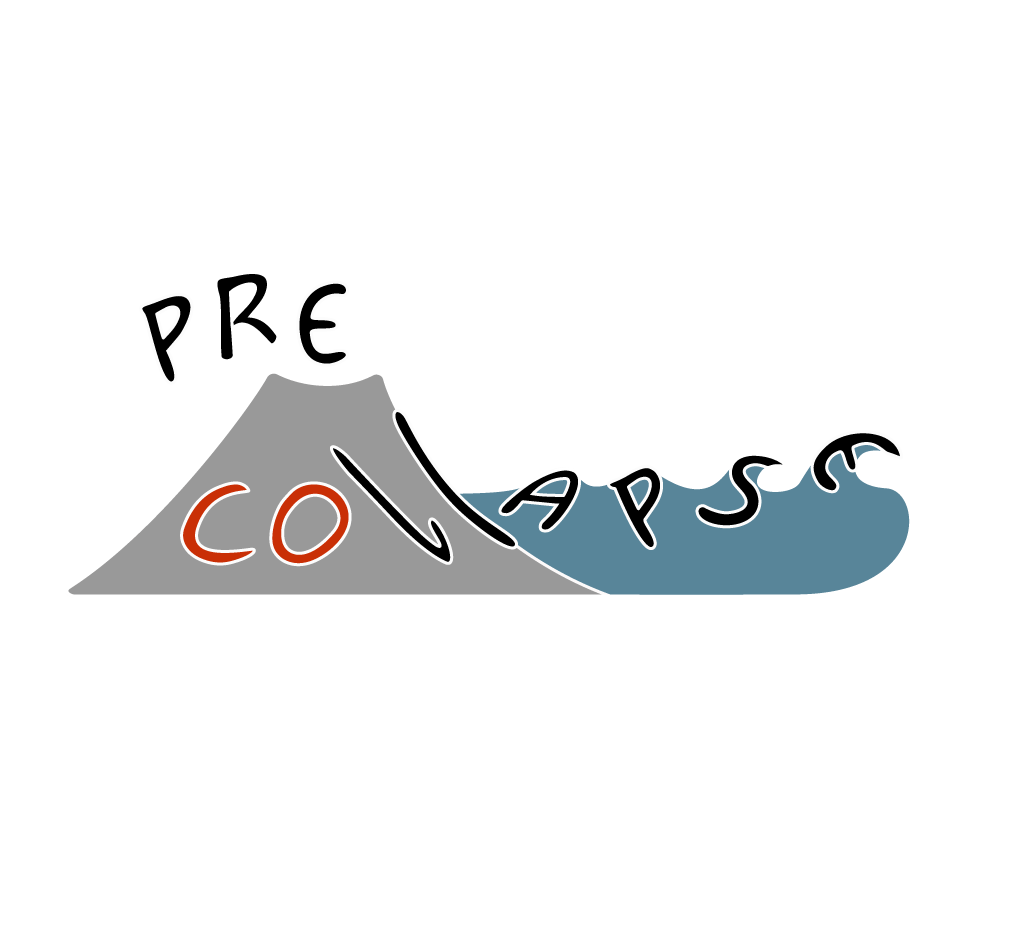Eight months of seafloor geodetic data from Etna's wet feet. What secrets does she have this time?
French oceanographic research vessel N/O Téthys II (picture: Morelia Urlaub)
The working deck of N/O Téthys II with the acoustic modem for reading out the data and Etna in the background (picture: Morelia Urlaub)
With the French oceanographic research vessel N/O Téthys II Morelia Urlaub had the opportunity to download the most recent seafloor geodetic data from the GeoSEA network at Etna’s southeastern offshore flank.
Since 2016 five seafloor geodetic stations of the GeoSEA network measure seafloor movements offshore the East Coast of Sicily. The network is designed to measure eastwards and downwards sliding of Mount Etna’s volcanic flank in 1000 m water depth.
The network does that using so-called ‘acoustic ranging’. The instruments measure the travel time of acoustic signals between one another. By recording data over months to years, displacements between the positions of the individual transponders can be detected. Changes in acoustic distances reflect deformation of the seafloor.
Morelia Urlaub and her team documented rapid deformation of Etna’s offshore flank during a continuous time-series from April 2016 to July 2017 that were published in the journal Science Advances in 2018. Between 2020 and 2021 the system recorded during Etna’s February 2021 extraordinary eruption phase. Data was recovered and the instruments were serviced during an expedition with the research vessel METEOR in December 2021.
In late August 2022, Morelia Urlaub visited the network again in order to read out the data with an acoustic modem during a five-day long expedition with the French research vessel N/O Téthys II. The modem was lowered from the vessel to the water, from where it established an acoustic link to all five instruments at the seafloor. A preliminary analysis of the data reveals a rapid seawards movement of Etna’s flank in mid-August of this year.
This research cruise “FOCUS-G2”, led by the Laboratoire Geo-Ocean at the University of Brest (France), was organised in the framework of the ERC research project FOCUS, which monitors a deeper branch of the North Alfeo Fault. During this cruise, the team deployed Ocean Bottom Seismometers and collected similar acoustic ranging data across the fault.
Map of Etna and the southeastern offshore flank with the major tectonic faults and the position of the GeoSEA network with the Geodesy Stations.
Position of Geodesy stations along the Alfeo Fault on structural heights.
The Lab on N/O Téthys II (picture: Morelia Urlaub)
French oceanographic research vessel N/O Téthys II (picture: Morelia Urlaub)







